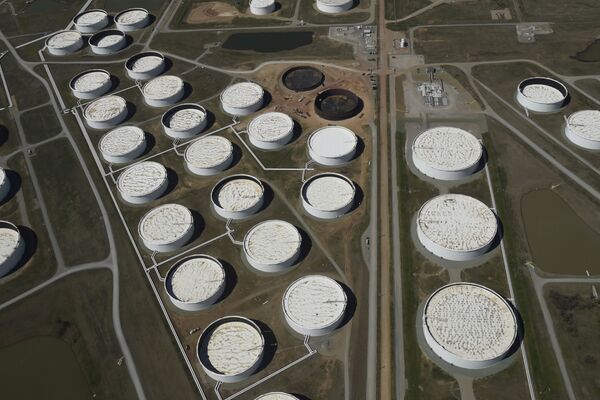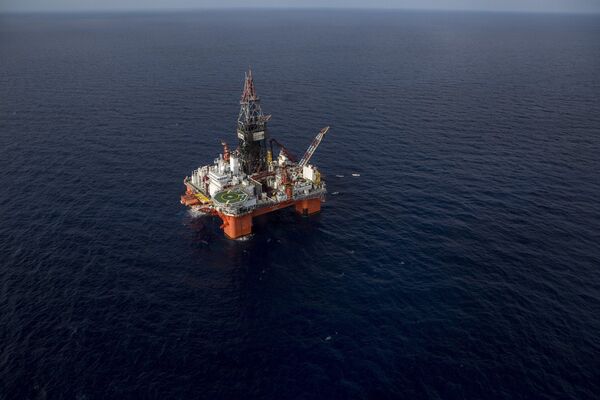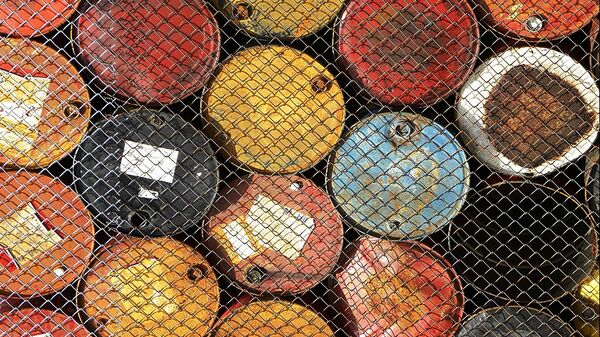Mexican President Andres Manuel Lopez Obrador’s refusal to cut his country’s oil output by more than 100,000 bpd can be explained by the way the country prices its oil, some energy experts believe.
“The thing with Mexico is, they’re one of the only key countries which hedges a lot of their production with a bunch of put options,” says Jeremy McCrea, director of equity research at Raymond James Canada.
“It’s their whole motivation, because, if oil goes to five dollars, they make more money on their puts than the production cuts they take,” the analyst explains, commenting on the country’s resistance to OPEC+’s demands on cuts, which would require Mexico to shave about 400,000 bpd in output.
According to McCrea, President Trump’s commitment to take a 250,000 bpd production cut on Mexico’s behalf, which President Obrador described as “generous,” shouldn’t be taken as face value either, as Washington may quietly stash this cut in output in its reserves. The same thing can be said about many producers’ “cuts,” he says.
“[The cuts are] based off October [2019] levels, which were quite a bit higher than where current levels are now. So when you actually break it down, it’s actually about a 8.5 million bpd cut, and that includes Mexico. But if all these companies are just putting oil into storage and that’s where Mexico or the US’s additional cut is going, like where the US is saying ‘ok, we’ll take a few hundred thousand barrels and just put it in our [Strategic Petroleum Reserve],” McCrea explains.

McCrea believes that the proposed cuts are based more than anything on creating “headline numbers” for the markets to try to stop prices from tanking any further. “But in reality, I think the market can see through all these different things,” he says.
Numbers Don’t Add Up
Amena Bakr, deputy chief of the Dubai bureau at Energy Intelligence, a leading global energy sector analytics service, says that even with Trump’s offer to cut 250,000 bpd in output on Mexico’s behalf, the numbers still don’t add up, with Mexico still short 50,000 barrels from the cuts requested by OPEC+.
“I have talked to people in the US about this: industry experts, companies, and so on, and people familiar with the US cutting production. And what they told me is that the 250,000 cut on behalf of Mexico is not something realistic or feasible,” Bakr says.

Bakr believes Trump made the offer to assist Mexico with cuts because his administration is under a great deal of pressure from US shale producers, who have been hit particularly hard by the recent drop in oil prices owing to their higher production costs.
On April 1, Colorado-based Whiting Petroleum Corp became the first major shale producer to file for bankruptcy amid the glut, while others, including Denbury Resources Inc, have reportedly been communicating with debt advisors. On Friday, Reuters reported that major US banks were setting up independent structures to become operators of oil and gas fields across the United States amid fears that more producers could go belly up.
“I want to remind you that shale producers in the US live in states that are Republican states. These Republican states are in support of President Trump. And when the election comes, he needs these states to support him,” Bakr stresses.
Overall, Bakr suggests that the tentative OPEC+ agreement is a good “first step in the right direction,” a “kind of partial help to the market,” even accounting for the fact that some producers won’t necessarily comply with the cuts.
“I think it is going to take a long time for the market to stabilize. And this the reason that we saw the deal structured in this way,” he said, pointing to the multi-tiered plan including 10 million bpd in cuts over the next two months, followed by 8 million bpd in cuts starting in July and through to 2022. “So they have a long-term plan of market management ahead of this. One, this is reassuring to the market, and two, this is needed for the market that is so damaged to an unprecedented level. You need these kinds of extraordinary measures in place to attempt to [create] a balance,” Bakr concludes.

